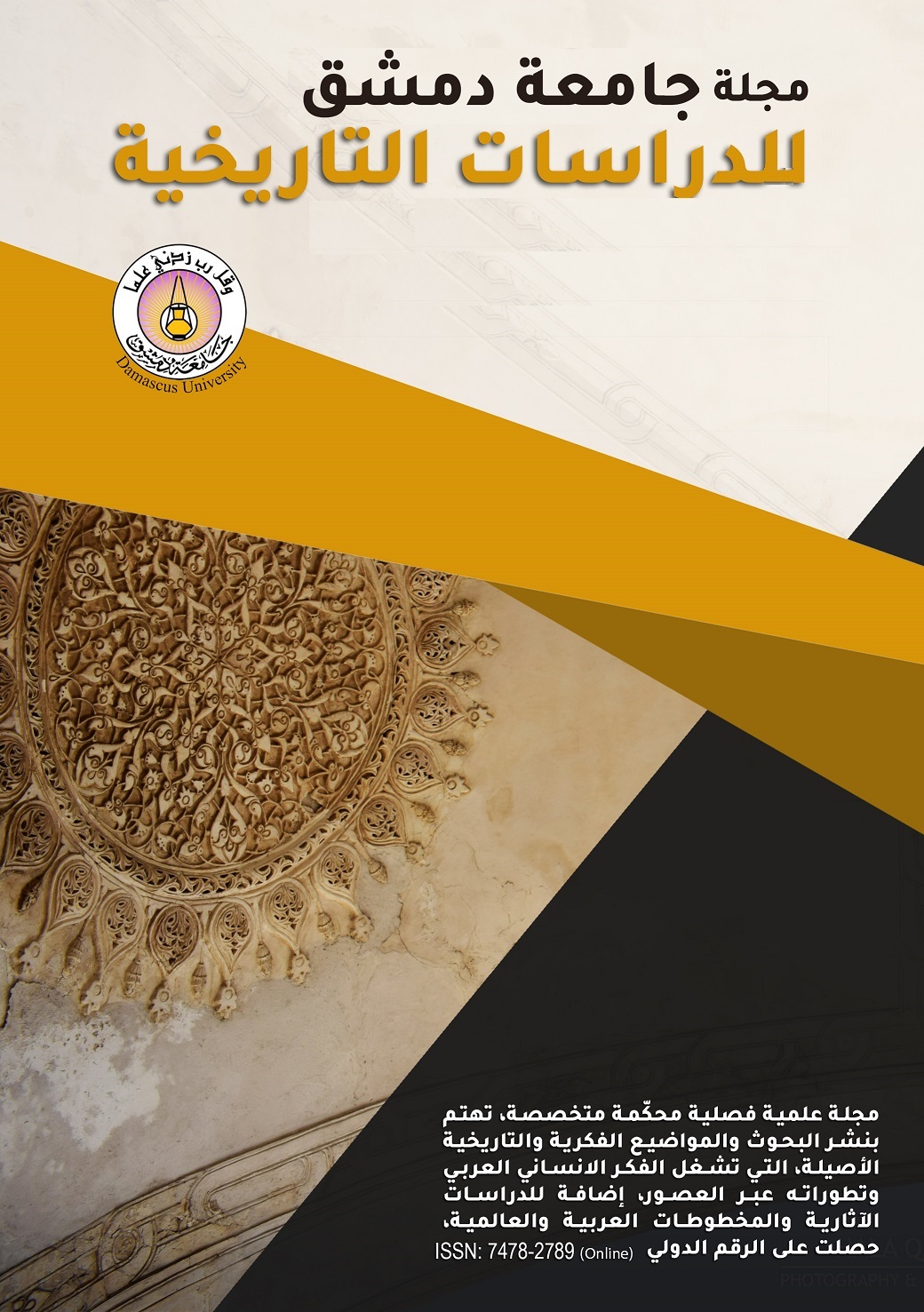Steles And Statues Syria And Southeast Anatolia (Iron Age 1200-700 B.C)
Abstract
The Iron Age kingdoms of northern Syria and southern Anatolia are known for their material culture with distinctive characteristics, perhaps the most important of these characteristics is the employment of various types of stone carving in urbanism. Where the external facades of the official buildings (gates, palaces, and squares) were covered with Orthostats carved with multiple, complex and special symbolic themes. Many stone statues and stelae were also installed in these ancient cities. These are "Commemorative Monuments" which mark a specific occasion. The present paper present two important types of those "Commemorative Monuments": Stelae and Statues, dated to the period 1200 - 700 BC (Iron Age I-II). It aims to differentiate between their types, and to distinguish between the function of each one. The study also aims to shed light on the specific role of these "Commemorative Monuments" in the material culture of these ancient kingdoms. What is the cultural information that can be extracted from these memorial monuments?

